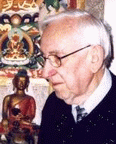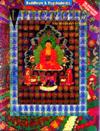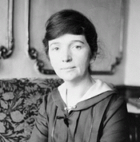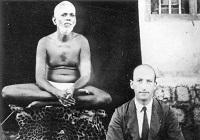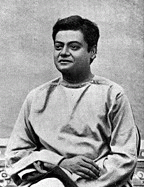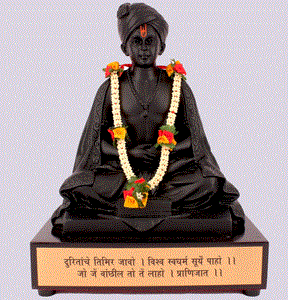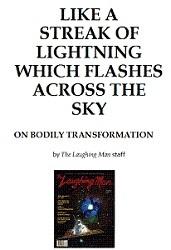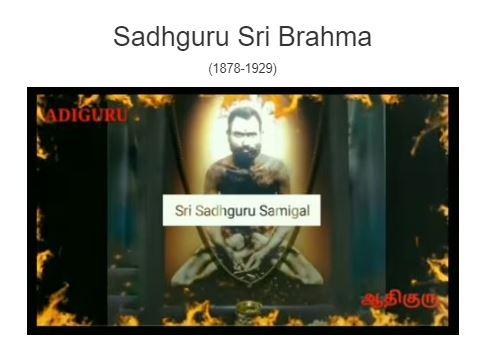“Once I asked my Master, “What is the difference between you and me?” And he replied, “Hafiz, only this. If a herd of wild buffalo broke into our house and knocked over our empty begging bowls not a drop would spill from yours. But there is Something Invisible that the Divine has placed in
mine. If that spilled from my bowl, it could drown this whole world.”
Heart, Self & Soul – Robert Frager
Spiritual and Religious Historical Traditions

‘Salutations to that Reality which inheres as the Self in all, from which all the creations are projected, in which they have their being and into which they are finally dissolved! Salutations to that Intelligence which inheres as the Self in all, from which the knower, knowledge and the known, the seer, sight and the seen, the doer, cause and deed, are manifested! Salutations to that Supreme Bliss which inheres as the Self in all, which constitutes the life of all and from whose unfathomable depths happiness is sprayed as fine particles in Heaven or on Earth (where on the sum-total of happiness is not equal to a particle of that unalloyed, natural Bliss). The Siddhas (invisible and immortal beings of the noblest order) proclaimed.’
Siddharta Gautama (d. 483 B.C.E.) in the Pali Majjhima Nikaya (first century C.E.)
“I have indicated that there is actually one tradition. There are many historical traditions, but there is really one tradition, one great tradition. It is the tradition of mankind and it’s older than the history that mankind has recorded. There is a prehistorical background to all the historical traditions, what I call a kind of walkabout tradition, before there were concentrated bodies of civilization, of civil society where human beings became highly organized in large numbers, people were still being religious, you see. They were being everything that human beings, generally speaking, are now. They are part of the Great Tradition also and it is a universal tradition because it is based on one Reality, not only the Great Indivisible Unconditional Reality, but the unity of the whole of conditional existence and the commonality and the unity of the whole of what is the human being.”

“To understand more precisely the process of confirming the solidity of I and other, that is, the development of ego, it is helpful to be familiar with the five skandhas, a set of Buddhist concepts which describe ego a five-step process.”
Chogyam Trungpa

“The reason such critical study is useful is that you already have all kinds of inherited, thought-up, and propagandized ideas that correspond to ideas that can be found in the traditions. Thus, you can see how those ideas traditionally get elaborated as a way of life, and you can see their limitations.”
Adi Da Samraj
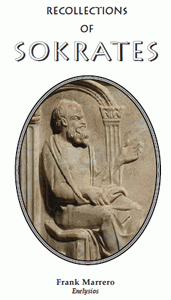
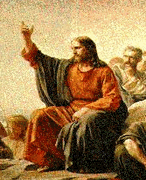
Norman D. Livergood
Rudolph Steiner, Christianity as Mystical Fact

Swami Nityananda did not write books, go on lecture tours, or create a spiritual organization to propagate his teaching. He did, however, make himself available to thousands of people who revered him as Spiritual Master.
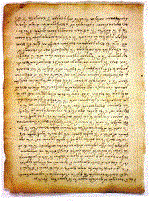
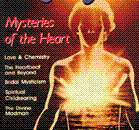
The Cakras and the Three Hearts
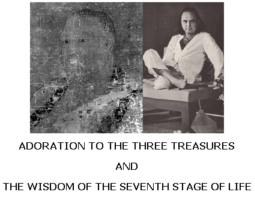
Mahayanavimsaka of Nagarjuna and The Wisdom of Adi Da
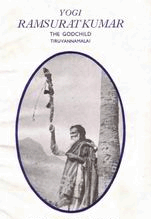
“The person that came to be called Sri Yogi Ramsuratkumar was born on December 1, 1918, along the banks of the Ganges in a village adjacent to Kashi..”
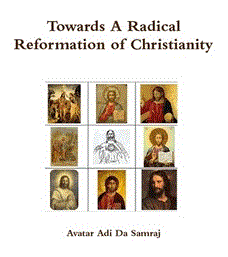
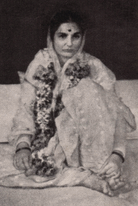
“In 1941 Sati Godavari Mataji assumed the mantle of her Guru Shri Upasani Baba Maharaj with the strength, simplicity and dignity of a realized being”
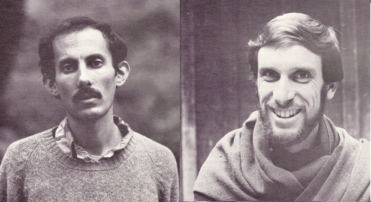
1976 Interview with Jack Kornfield and Joseph Goldstein

Herbert Guenther
References to the intuition of The Heart
as the spiritual core of Being
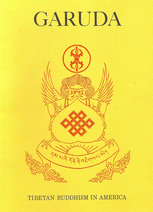
Chogyam Trungpa Rinpoche’s Guru
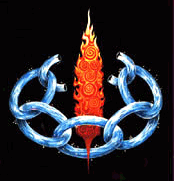
Adi Da Samraj
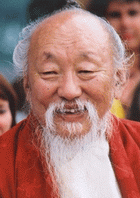
Doctor, Artist, & Teacher

Siva Sutras c. 800 C.E.
“The Aphorisms of Siva, or Siva Sutras (SS), are a late reiteration of the Vedic view of consciousness.”
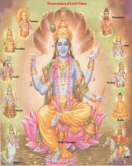
Internet Source of Sacred Texts

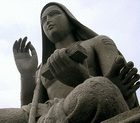
Advaita, Ramana and the ‘Talking’ School
Tripura Rahasya was considered by Bhagavan Sri Ramana Maharshi as one of the greatest works that expounded advaita philosophy.

The wisdom and humor of Alan Watts.
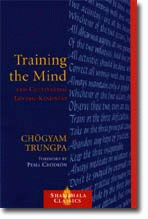
Chogyam Trungpa
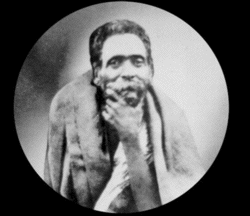
“Little Ramana”
Discoverer of Ramana Maharshi

Shri Vasudevanand Saraswati (Tembe)
The great saint and ascetic who revived the ancient Dattatreya tradition

Swami Vishnu Tirtha Maharaj
Kundalini Divine Power
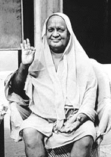
Maha Ati

Sadhu Arunachala, Major A. W. Chadwick
Ramana Maharshi – The Teaching and Realization
Adi Da Samraj
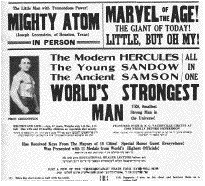
“The last of the Great Strongmen”
Reminiscing about the Mighty Atom & Slim Farmam
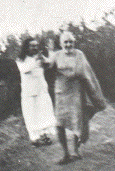
Upasni Maharaj’s Last Meeting with Meher Baba
Friday, October 17, 1941

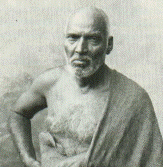
“Sai Baba moulded Upasani Mahraj into His own likeness “
Upasani Baba’s Prophetic Announcement
“…emphatically declared that He would incarnate himself if and when Dharma is in chaos and needs reform”.
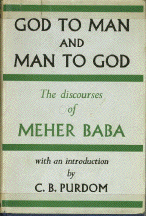
“God-consciousness is not dependent upon the individual mind.”
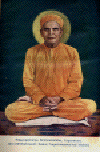
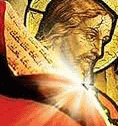
Lost Christianity and the Seven Stages of Life.
Jesus and The Law of Sacrafice
Adi Da Samraj
Jesus was the sacrifice of self, the sacrifice of one’s being in the form of love and sacrificial acts toward others.

Swami Nityabodhananda
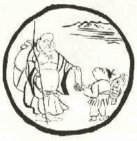
Chogyam Trungpa Rinpoche – Garuda (1971)
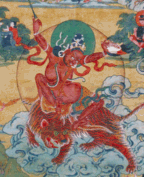
The Trial of Manhood and Womanhood.
Swami Vyas Dev Ji.
The Bliss Sheath
References to the intuition of the Heart as the spiritual core of Being.

Shri Yogeshwarananda
A principle text of Mahayana Buddhism
Bihar School of Yoga Magazine Archive’s
The magazine of the Bihar School of Yoga – Great resource on Yoga.
Adi Da Samraj

Chogyam Trungpa
The Six States of Bardo
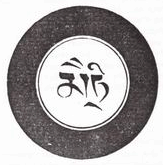
Marvin Casper

The life and Teachings of Chögyam Trungpa Rinpoche.
Rick Fields
Soma and Buddhism
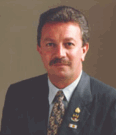
The Vajra Regent

Devotee of Sri Yogi Ramsuratkumar
“The restless mind cannot think of the transcendental Reality”
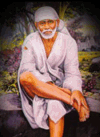
Leelas of Sai Baba of Shirdi.
Why focus on the Outbreath
“My first recollection of the Vidyadhara was when he gave…”

Kishitigarbha Vow Sutra
Chogyam Trungpa and Adi Da
Meeting Ramana Marharshi
The Maharshi and His Message
The Message of the Practice Lineage –
Chogyam Trungpa Rinpoche on line of the Trungpas.

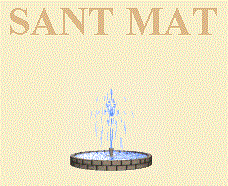
A description of the Holy Path of the Creation
The Ashtavakra Gita or the Song of Ashtavakra
The Song of the Eightfold Cripple
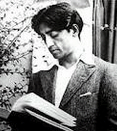
The Teaching of J. Krishnamurti
The Character of the Liberated Man and Woman
The Yoga-Vasistha
The Way of Divine Communion and Traditional Yoga
Adi Da Samraj
The Way of Divine Communion…duplicates the eightfold (“ashtanga”) process of yoga.
Chogyam Trungpa
The Idea of Bardo
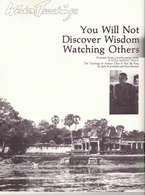
You Will Not Discover Wisdom Watching Other
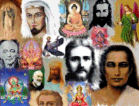
Why Are There So Many Masters?
Adi Da Samraj
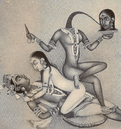
Adi Da’s relationship and Revelation in relation to the feminine principle.

Science of Soul
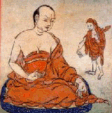
The Tradition of Truth Is The Tradition of The Adepts
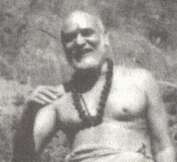

Perfect Liberation, the Bodily Center of Liberation and the Mahanarayana Upanishad

1990 Article on
Yoga in America
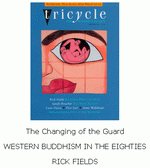
The Changing of the Guard – Western Buddhism in the Eighties
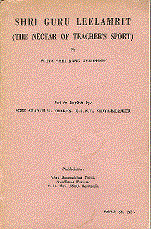
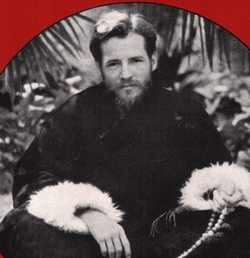

The Six States of Bardo Chogyam Trungpa
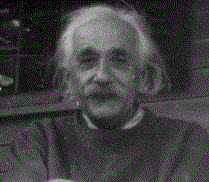
Eugene T. Mallove
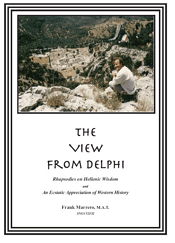
A series of rhapsodies on the spiritual foundations of Western thought.
Swami Vivekananda
Advaita Vedanta Research Center
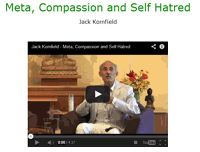 Jack Kornfield
Jack Kornfield
Meta, Compassion
& self-Hatred
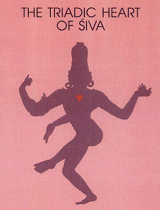
Paul Muller-Ortega
Kaula Tantricism of
Abhinava Gupta

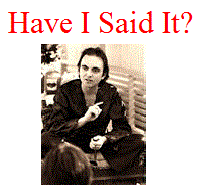 Bubba Free John
Bubba Free John
The Early Teachings

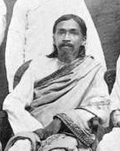
The incarnation of Consciousness and Light
What Does it Look Like?
from
Jnaneshwar’s Amritanubhava
The Yogi Ramsuratkumar
GARLAND OF PRAISES
Truman Caylor Wadlington
The Emperor
Hazrat Babajan
Jnaneshwara and Bodily Transformation of Yoga Siddhi
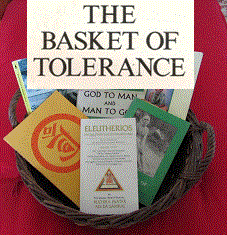
Adi Da Samraj

Hinayana Mahayana Vajrayana Advitayana

